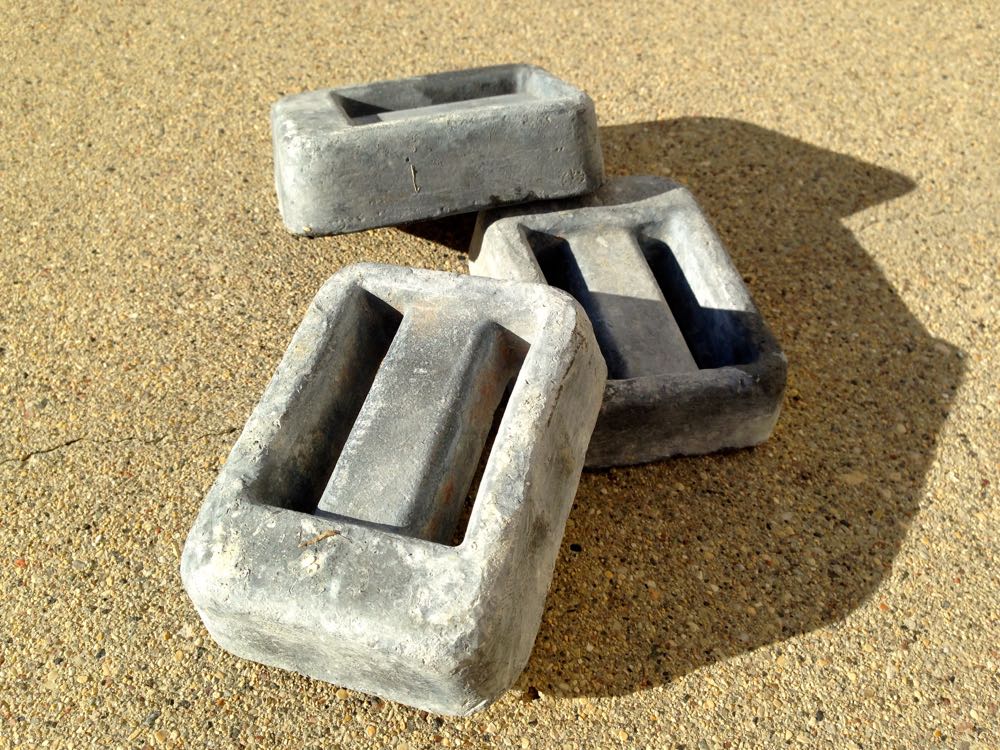
How much filament should you buy for your personal 3D printer? A kilo? Wait, that doesn’t work anymore.
Typically plastic filament for personal 3D printers has been sold by weight, with the most common unit being the one kilogram spool. Recently we’ve seen more offerings of 750g spools, while some vendors requiring proprietary spools use peculiar and unique amounts.
There are few filament vendors who sell by length. Perhaps this is because it’s difficult to mentally connect “length” with “will it be enough to make my object?” Weight seems to be a more friendly way to measure, as your slicer will usually tell you the predicted weight of the printed object. You can weigh the remaining filament on your spool and know the outcome of your print.
But that’s going to change. In fact, it already has. Some inventive filament manufacturers have developed composite filaments involving different materials. For example, wood filament is a mix of sawdust and a polymer. We’re seeing many similar experimental composite filaments emerge.
The problem arises when you use metal composite filaments. One recent experimental filament includes actual copper particles, which cause the weight of the filament to be approximately three times the normal weight. Thus, when you purchase this type of filament you’re actually buying three times less capacity to make objects. One kilo of metal filament will make a lot fewer objects than one kilo of PLA.
Comparison shopping becomes a bit tricky when spools of the same weight make different quantities of objects.
Since we expect further composite materials to emerge, including not only “heavy” filaments, but perhaps “light” filaments as well, it may be time to reconsider how we measure 3D printer material.
Our suggestion: add length as a key measurement factor for filament sales and slicer estimations. Don’t lose weight; it’s still a valuable statistic for many reasons.

